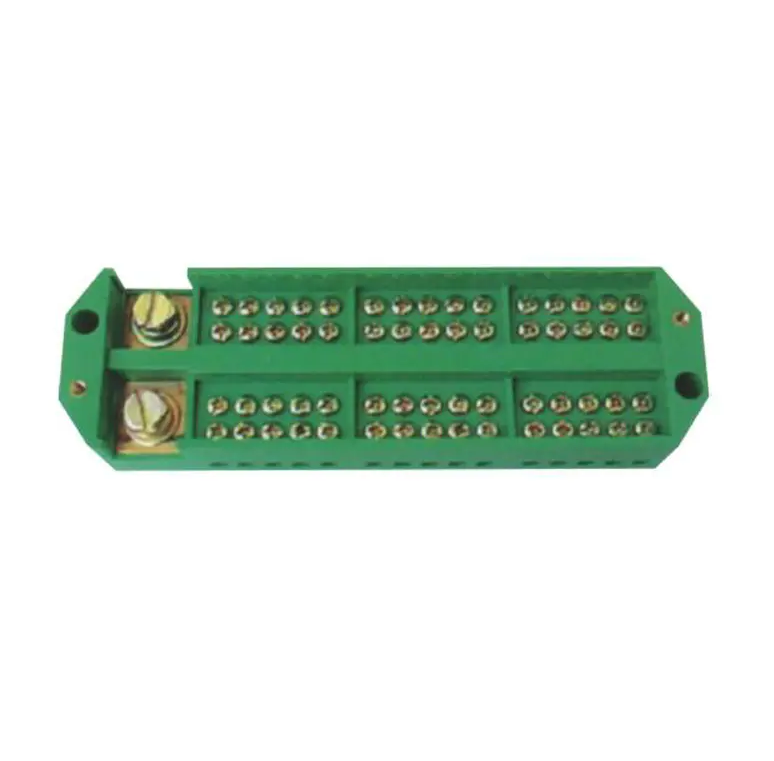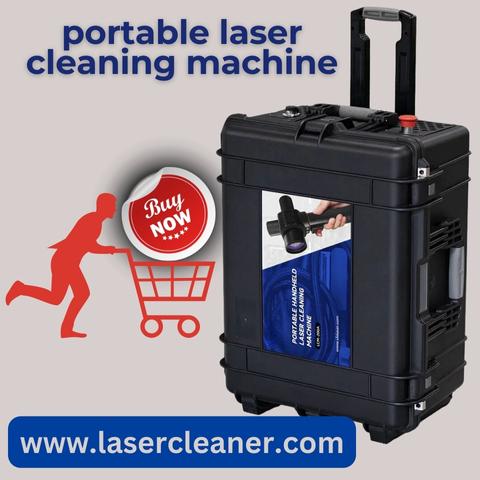Wiring Layouts: Sub-Feed Points and Control Boxes

In modern electrical distribution design, it often makes sense to decentralize power management. Rather than relying solely on a large main panel far from loads, designers may incorporate small distribution nodes throughout the facility. One way to achieve that is with a Circuit Breaker Block Junction Box: a Junction Box that not only houses splices and conduit entries but also contains a small circuit breaker block or distribution module for multiple branch circuits. This strategy can reduce long feeder runs, minimize voltage drop and improve local control.
From a design engineer’s perspective, consider a manufacturing floor with several workstations. Instead of running multiple long feeders from the main panel, you run one moderate feeder to a local distribution box near the workspace, then distribute locally from that box. In this case, you might install a junction box in a column or wall near the workstations and inside it mount a breaker block that supplies lighting, machine tool feed and outlets. That enclosure essentially functions as the circuit breaker block junction box.
Benefits of this design approach include:
Reduced wiring length: Because branch circuits are close to loads, the feeder runs from the local box to loads are shorter, reducing copper/AL cost, reducing voltage drop, and improving energy efficiency.
Improved control and isolation: Maintenance or modification to one workstation’s circuits can be done locally without affecting distant loads. A technician can work near the enclosure rather than at the remote main panel.
Scalable layout: If new machines or loads are added, the local distribution box can accommodate additional breakers or feed circuits without disturbing the main panel.
Reduced panel congestion: The main panel remains less crowded, with fewer circuits, and local distribution nodes take up some of the circuits. The junction box becomes a small hub.
However, to apply this successfully, the design must address key considerations:
The enclosure must be rated appropriately for the environment (dusty, damp, wash-down, outdoor) especially because local distribution boxes may be in production areas.
The breaker block must match the feeder and the local loads: select correct breaker ratings, consider motor start inrush, evaluate arc-fault or ground-fault protection if required.
The feeder into the box must handle the sum of branch circuits plus any future loads. The wiring must consider voltage drop and overcurrent protection.
The junction box must remain accessible and sized for future splices or terminations; box fill must be checked per code.
Labeling and coordination: local distribution nodes should have clear documentation of what they feed, and remote emergency shut-off or lockout features should be provided if required by code or safety practice.
From an implementation perspective: The designer may specify a powder-coated steel enclosure mounted at waist height, with knockouts for conduit or cable entry, a breaker block with eight breaker positions, and a main feed breaker. The enclosure also contains a spare terminal strip for signal or control wiring. With this arrangement, the local area gets its own distribution center, reducing latency, improving maintenance access, and segregating the branch circuits in a neat and logical layout.






